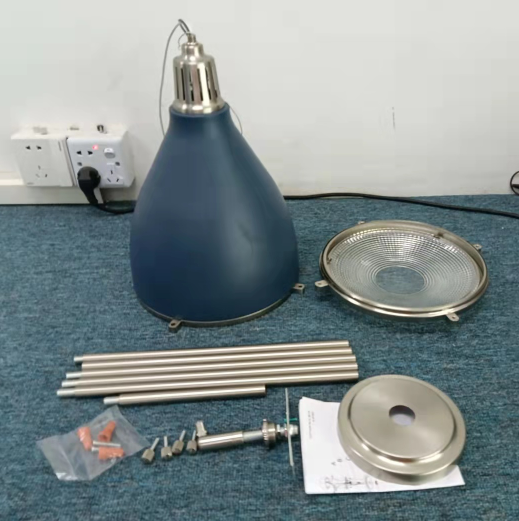The home monitoring industry is experiencing rapid growth, with a strong emphasis on individual household applications. The market potential remains largely untapped, as more people are becoming aware of the benefits of smart home security. Currently, home monitoring systems are more prevalent in developed regions like Europe and North America. The surveillance field has evolved into a three-pronged structure: personal video surveillance, public video surveillance, and industrial video surveillance. In China, the smart home security market is still in its early stages, but it holds great promise for future development.
One of the key components of a smart home is the smart home controller. These devices come under various names such as home controllers or residential smart terminals. Despite the different labels, their main purpose is to connect communication devices, home appliances, and security equipment through bus technology, enabling centralized or remote monitoring and control. The smart home controller typically offers three core functions: home security monitoring, information services, and intelligent appliance control.
Creating a safe and comfortable living environment is essential for achieving home intelligence. Therefore, home security monitoring is a fundamental feature of smart home systems. A complete system includes a smart home controller, detection sensors, and a monitoring center. It can detect intrusions, fires, gas leaks, and emergencies, triggering alarms and sending alerts to the monitoring center via the network.
With the advancement of network technology and high-definition imaging, home monitoring is reaching new heights. The development of 4G networks has significantly improved the speed and reliability of home security systems. This technological progress is expected to accelerate the adoption of wireless and high-definition monitoring solutions.
From the demand side, increasing concerns about personal safety have driven the popularity of home monitoring. Cases of child abuse, burglary, and illegal entry have raised public awareness, making home monitoring an essential tool for family protection. Additionally, the ease of use and installation of network cameras has made them accessible to non-experts, though technical issues can still be a challenge.
On the supply side, the growing demand has led to the emergence of specialized home monitoring brands. While the market is currently oversupplied, the real success of home monitoring depends on raising public awareness and improving security knowledge among consumers.
Technologically, the integration of network capabilities has enabled features like real-time monitoring, motion detection, and remote access. However, after-sales support remains a challenge, as many users face difficulties when troubleshooting. Moreover, the lack of standardization among domestic brands leads to compatibility issues.
In terms of pricing, home monitoring systems are reasonably affordable for most households, with costs ranging from $300 to $2500 depending on the number of cameras. As technology advances and production scales up, prices are expected to drop further, making home monitoring even more accessible.
While current smart home systems offer basic monitoring capabilities, there is still room for improvement. Future developments may include advanced features like housekeeping assistance, medical monitoring, and facial recognition. As home monitoring continues to evolve, it has the potential to become an integral part of the smart home ecosystem, surpassing traditional security solutions like access control and security doors.
Lighting Accessories
Lamp accessories are various parts and accessories used to install, secure and connect lighting fixture. They play an important role, not only to ensure the normal operation of the lamp, but also to improve the use effect and aesthetics of the light.
There are many materials for making lamp accessories, generally speaking, there are metal, plastic, glass, ceramics, etc. Metal generally has a long service life, corrosion resistance, and should not be aged, such as iron product lamps, which have a long service life; Plastic lighting product have a short use time, a faster aging speed, and are easy to deform when heated; The service life of glass and ceramic lighting is long as well.
Nowadays, the lighting and lighting accessories industry uses metal materials as the most widely used base, generally used materials are zinc alloy, aluminum alloy, steel, stainless steel, etc. The use of technology is mainly electroplating, painting, oxidation and electrophoretic coating. With the current people to lighting accessories product performance requirements and environmental awareness improved, electrophoretic coating process has gradually become the preferred process for surface treatment of lighting accessories.

Lighting Accessories,Lamp Accessories,lighting fixtures bathroom
Zhengdong Lighting Co., Ltd. , https://www.sundint.com

